
Set in the Petaluma hills near the Sonoma-Marin border, the ranch provides an idyllic backdrop for tasting wine and extra-virgin olive oil.
The post Petaluma’s McEvoy Ranch Leads With Olive Oil and Charms With Wine appeared first on Sonoma Magazine.
]]>


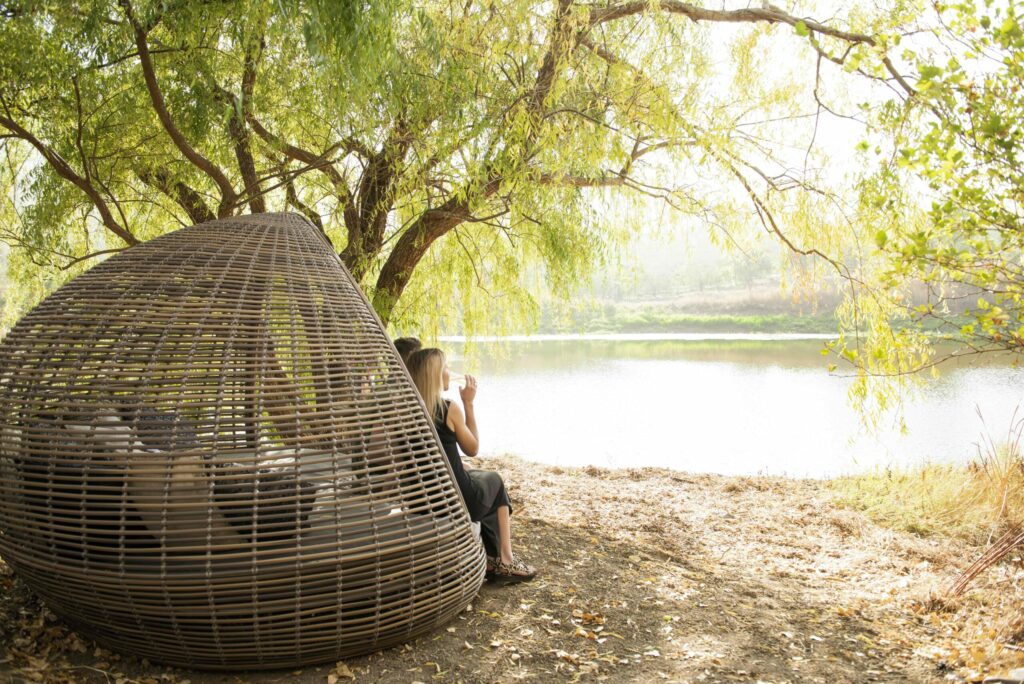
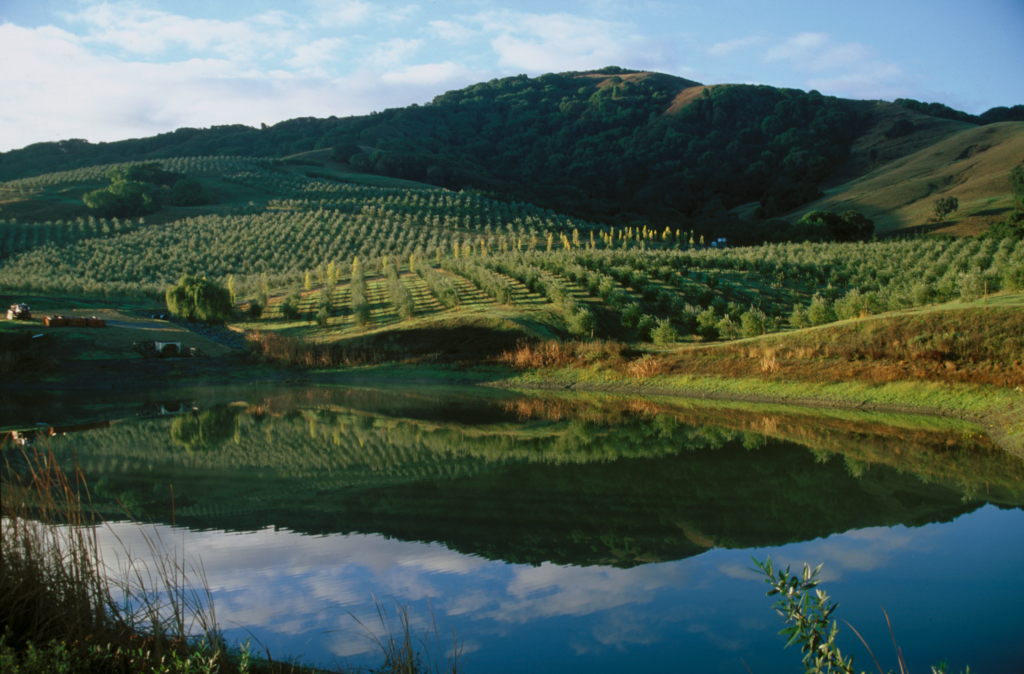

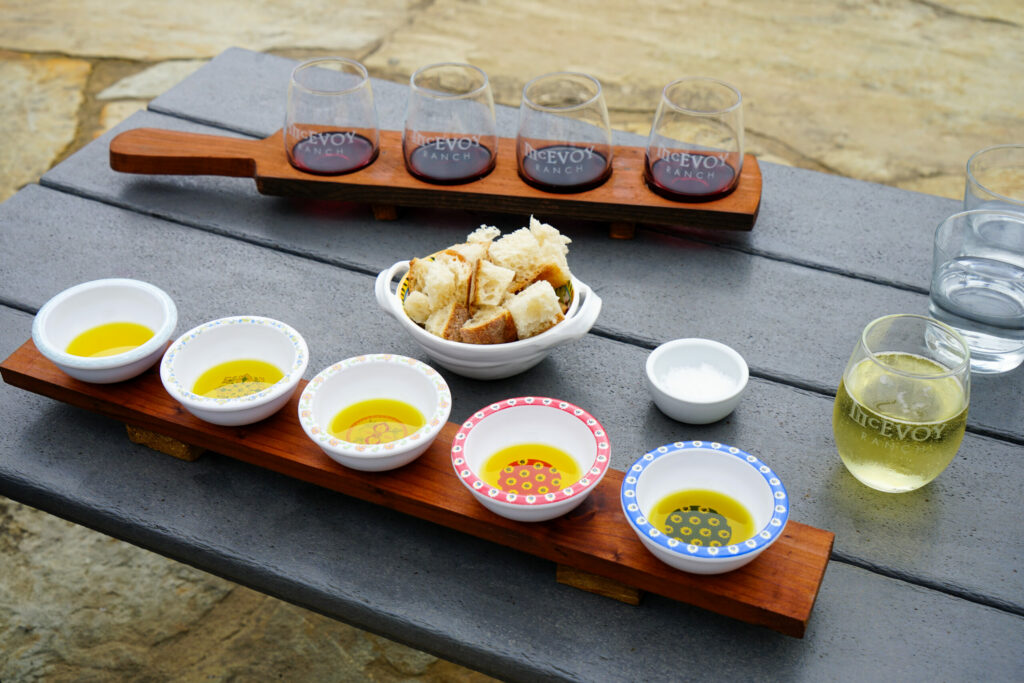
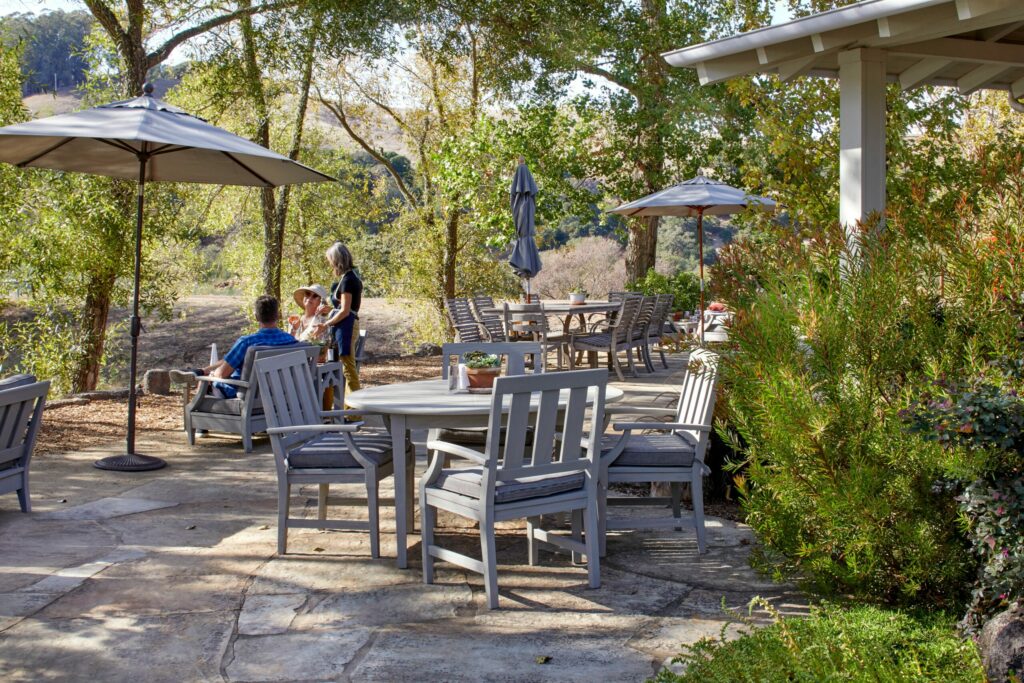
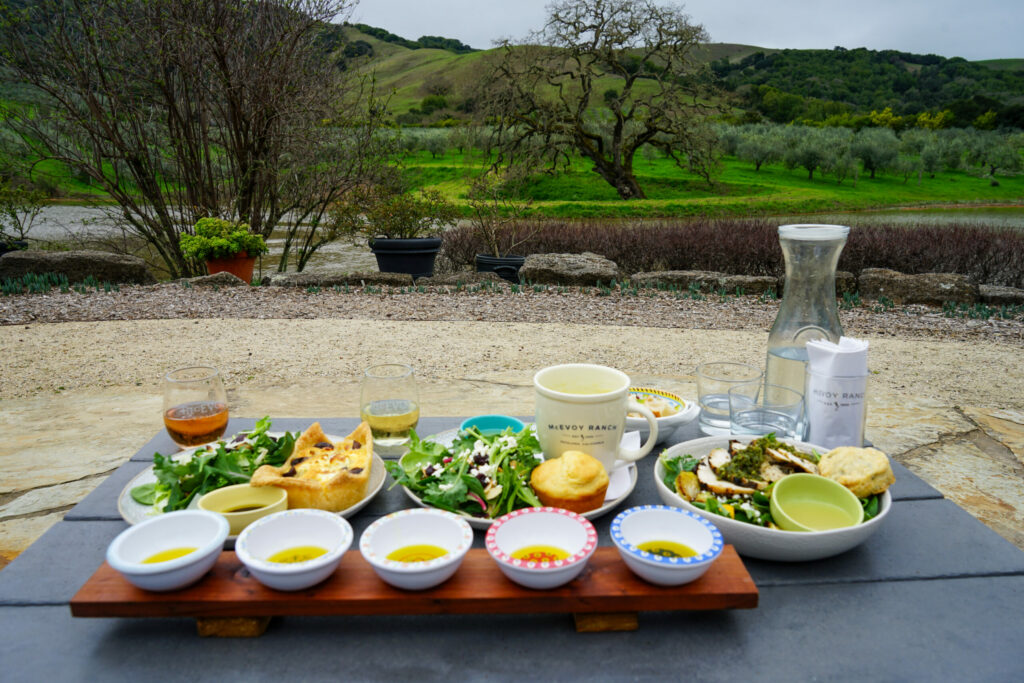

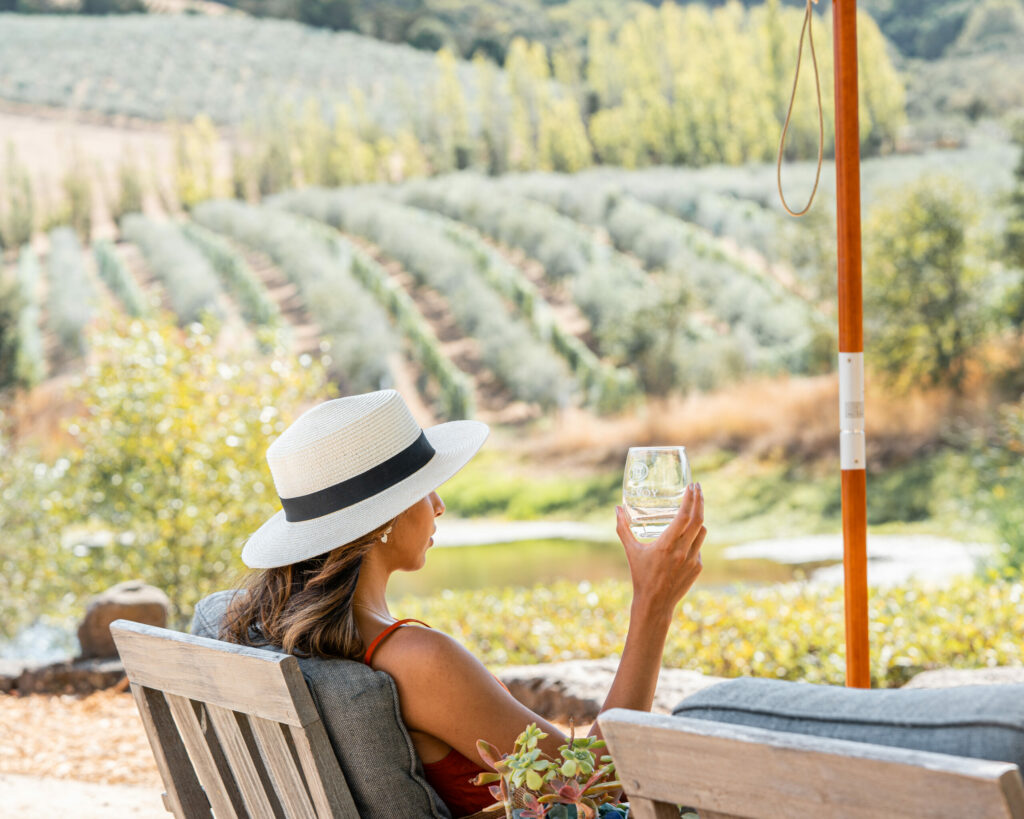
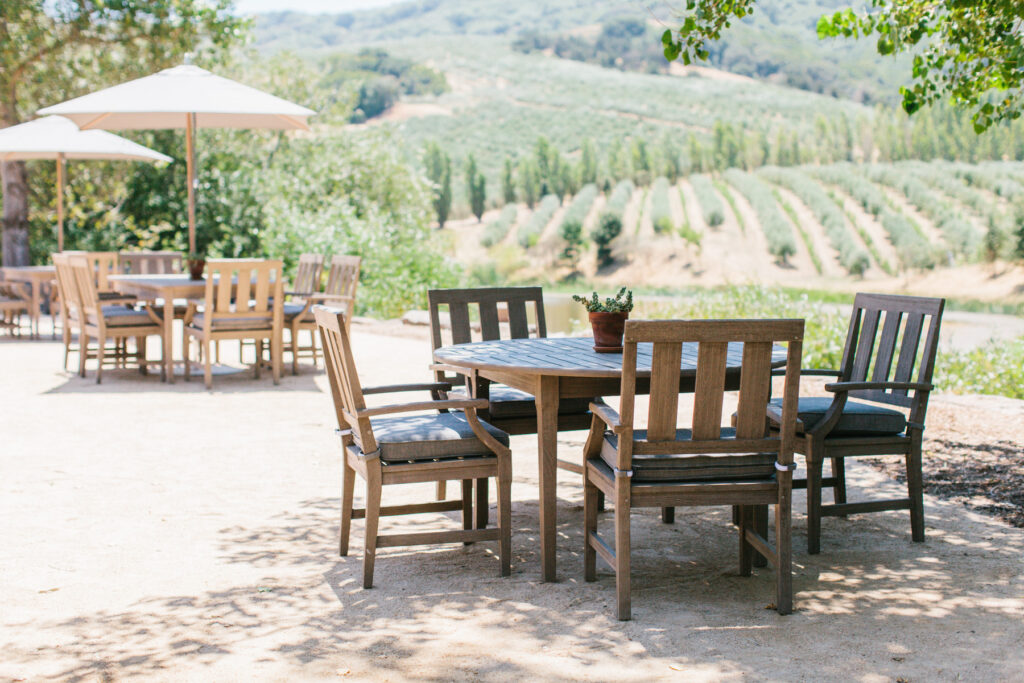
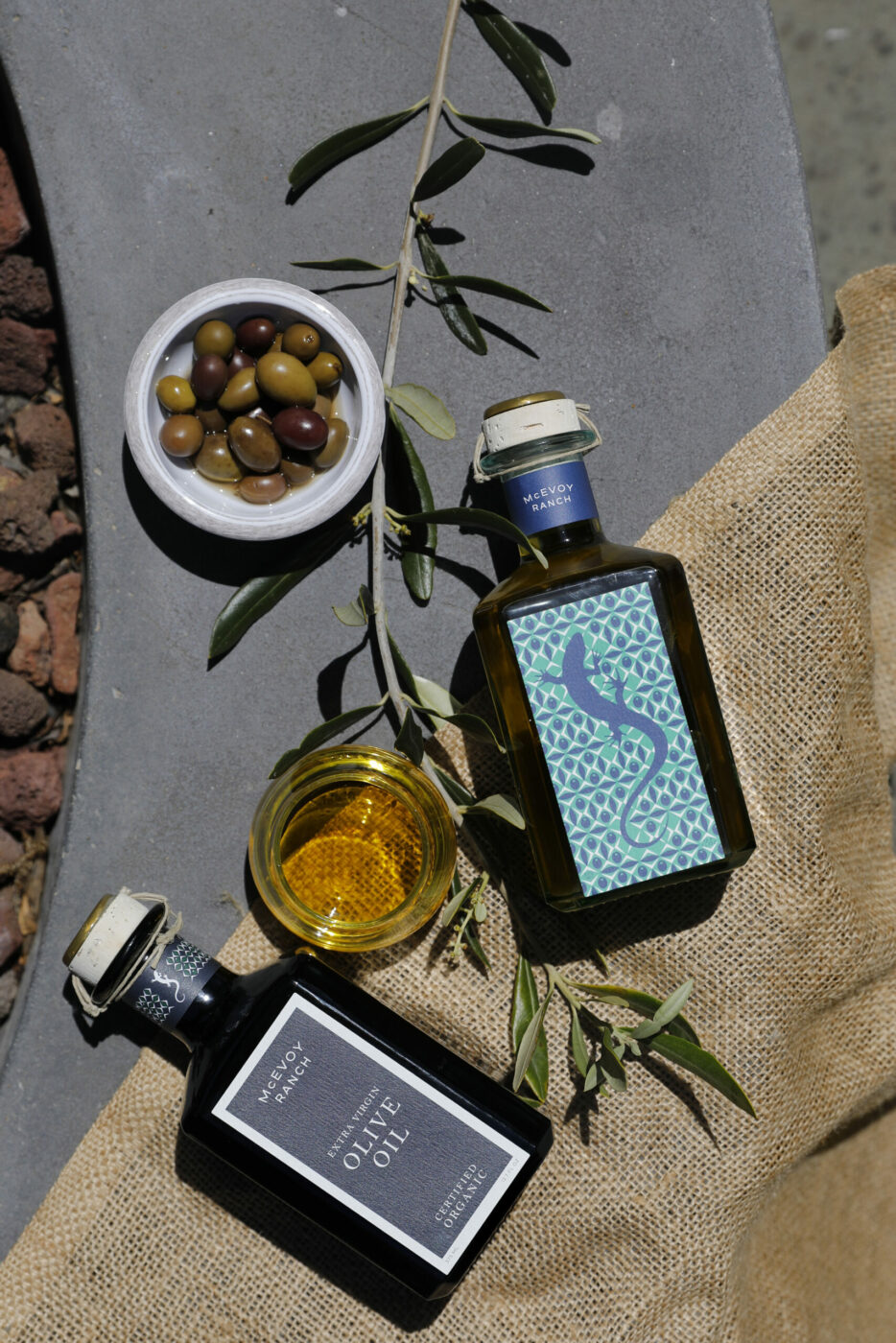
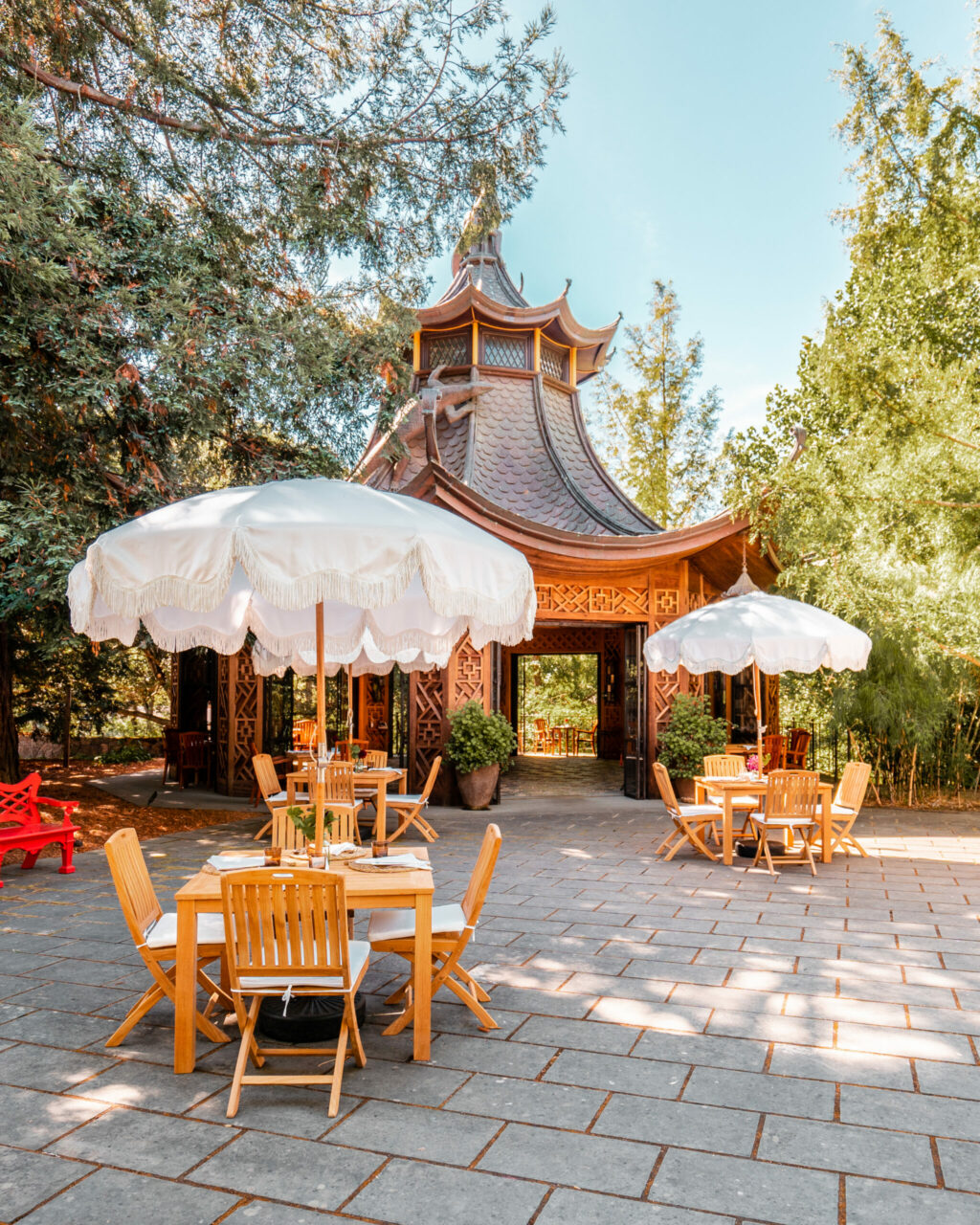
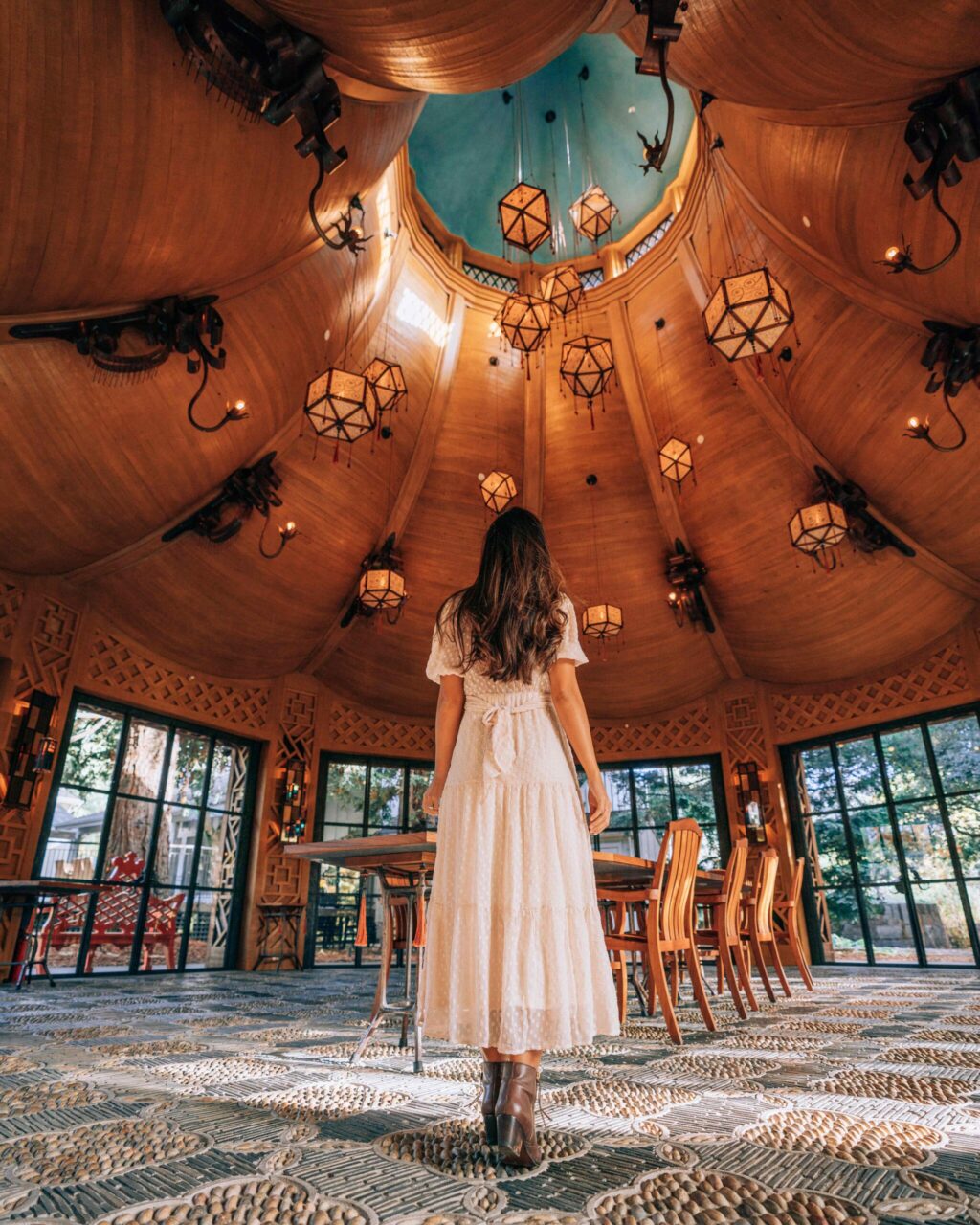
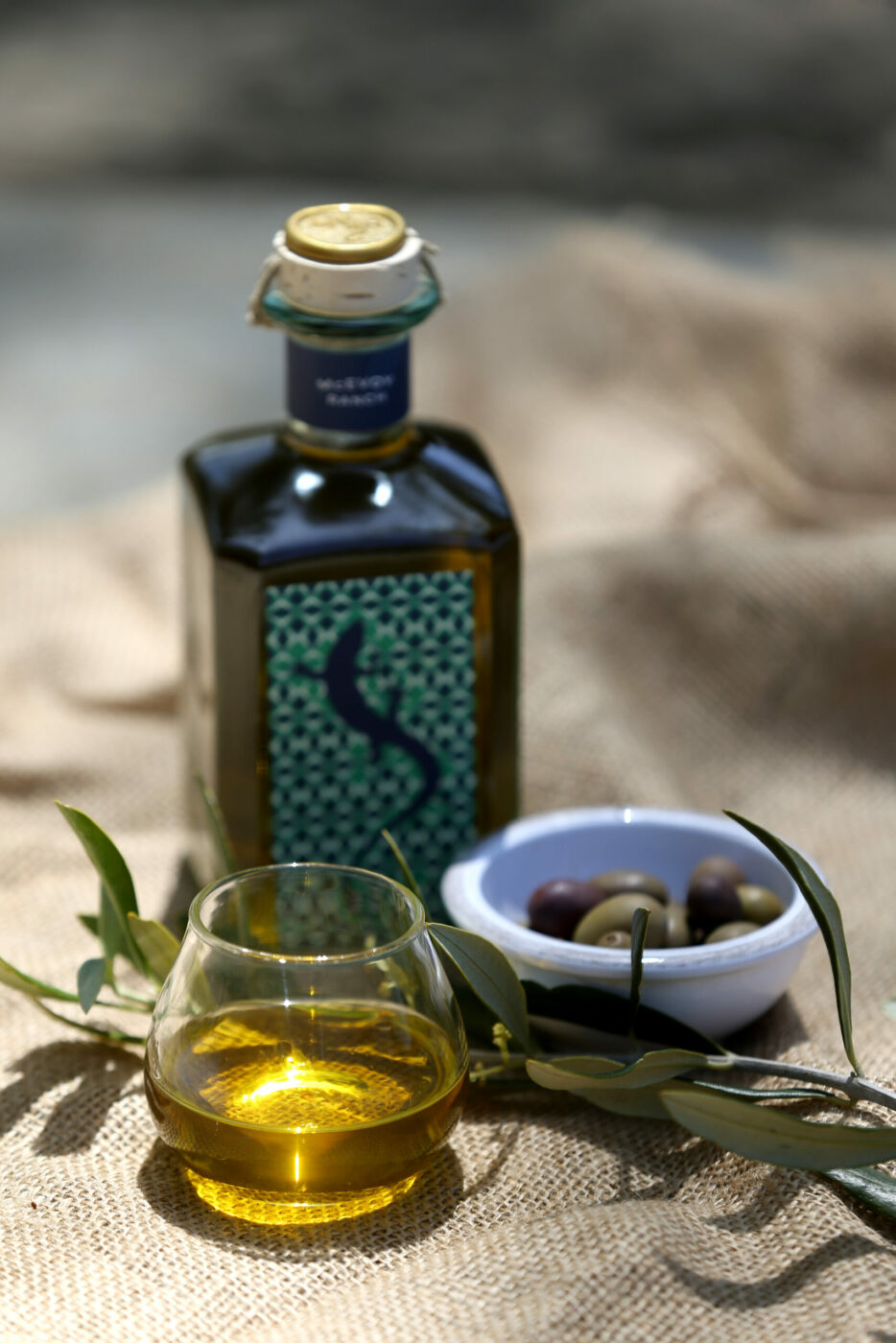

Plenty of Sonoma County wineries make their own olive oil, but it’s not so common for an olive oil producer to make its own wine. That’s the setup at McEvoy Ranch. Set in the Petaluma hills near the Sonoma-Marin border, the ranch provides an idyllic backdrop for tasting wine and extra-virgin olive oil.
The story
Nan McEvoy, the granddaughter of San Francisco Chronicle founder M.H. de Young, could have just kicked back and enjoyed a cushy, work-free life. She was a newspaper heiress, after all. Instead, she convinced her father to let her work for the family paper as a reporter, and she eventually became the company’s board chairman.
After retiring in her early 70s, McEvoy purchased a 550-acre property in Petaluma, thinking it would be a nice place for her city-dwelling grandchildren to run and play. The property’s zoning meant it also needed an agricultural purpose, so she planted 3,000 imported Tuscan olive trees on the ranch in 1990 and created a nursery to supply trees to growers across the region.
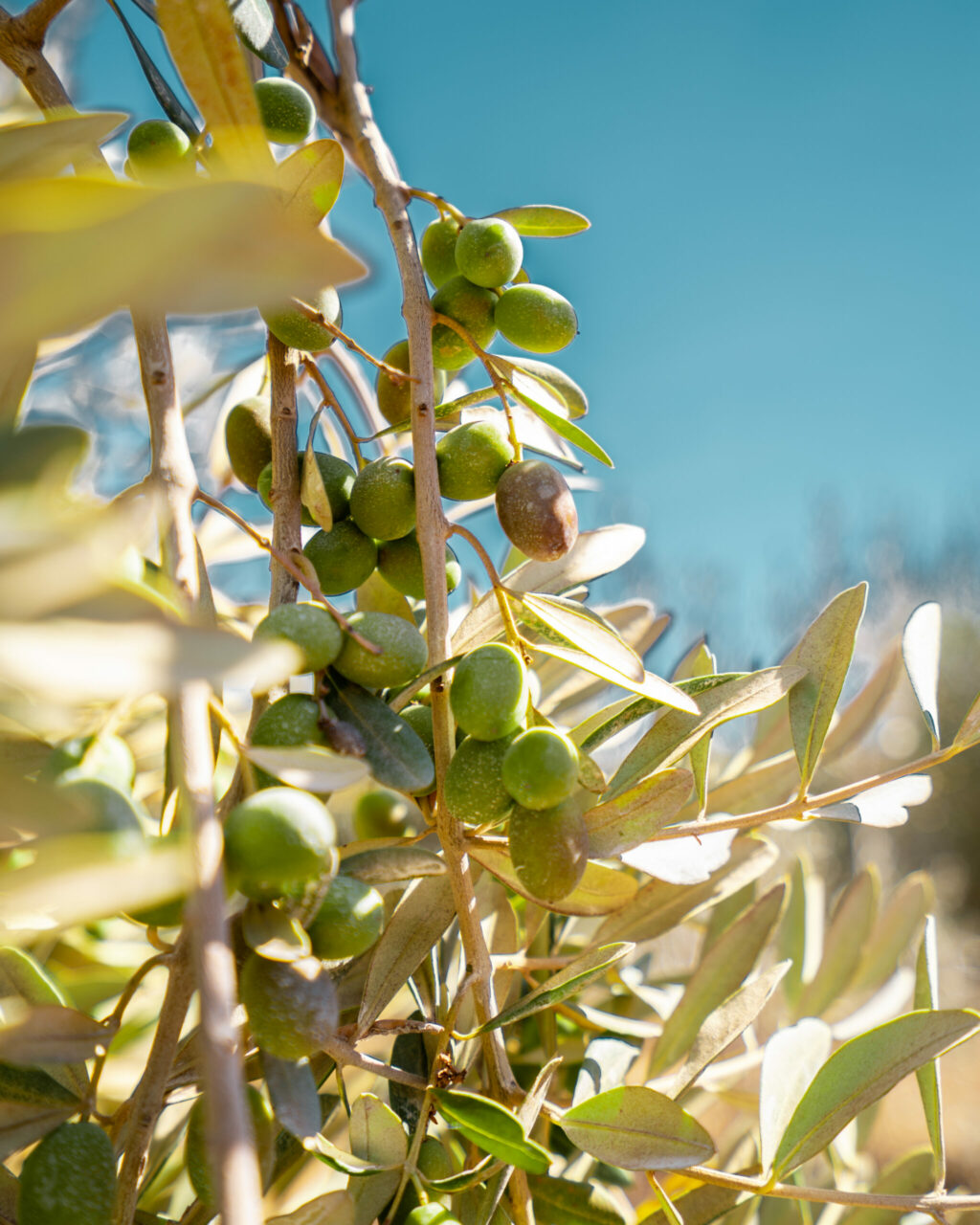
McEvoy’s business grew to become one of the nation’s largest producers of organic olive oil. In 2006, she added vineyards to complement the estate’s 50 acres of olive groves — though the grapes were later removed during California’s multiyear drought to prioritize water for the olive trees. Today, the late McEvoy’s son Nion and his adult children run the family operation.
The vibe
No matter how many times I’ve driven from my home to the ranch, I still have to watch closely for the McEvoy sign on Point Reyes-Petaluma Road. Pass through the Bunny Gate — named for the whimsical bronze rabbit perched at the top — and you may spot some real live jackrabbits hopping amid the olive orchards.
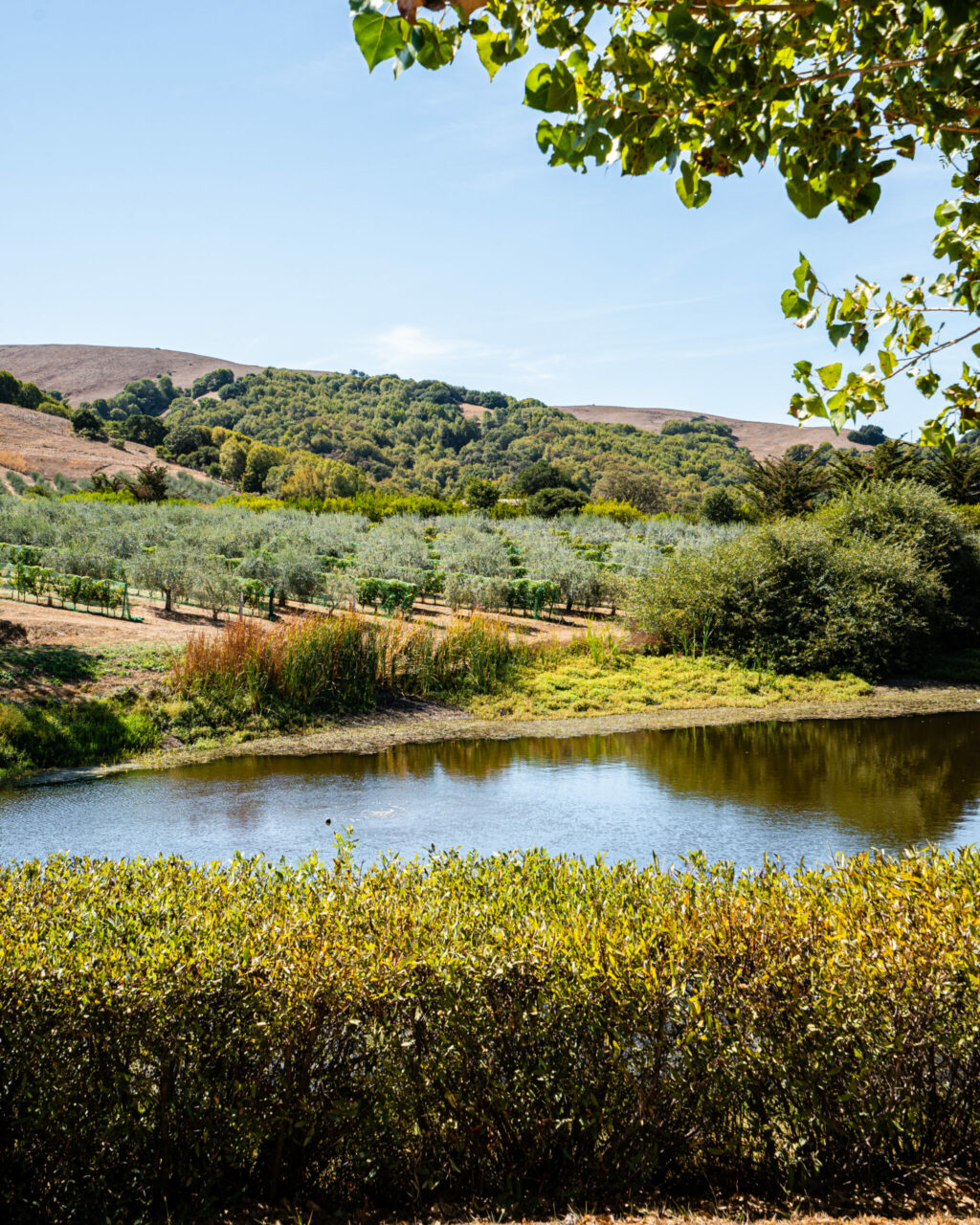

Tastings happen on a stone patio set with tables and lounge chairs, overlooking a lovely pond and acres of rolling hills dotted with olive trees. This is the kind of place that makes you go “ahhhhhhhhh.”
On the palate
Winemaker Byron Kosuge sources French and Italian grape varieties from growers in the Petaluma Gap and beyond, creating friendly and accessible wines. The 2024 Rosebud Rosé ($24), made from Potter Valley Pinot Noir, is pale and floral, showing off aromas and flavors of ripe strawberries. McEvoy’s 2023 Under the Willow Vermentino ($36) from Sonoma County’s celebrated Las Brisas Vineyard is a summer pleasure layered with intriguing mineral notes and citrus zestiness. Fans of lighter-style Pinot Noir will find a kindred spirit in the 2021 Evening Standard Pinot Noir ($45) from the Sun Chase Vineyard in the Petaluma Gap. Aged in neutral oak for a subtle profile, the wine is all about red berries and soft tannins. Tastings range from $38 to $48.
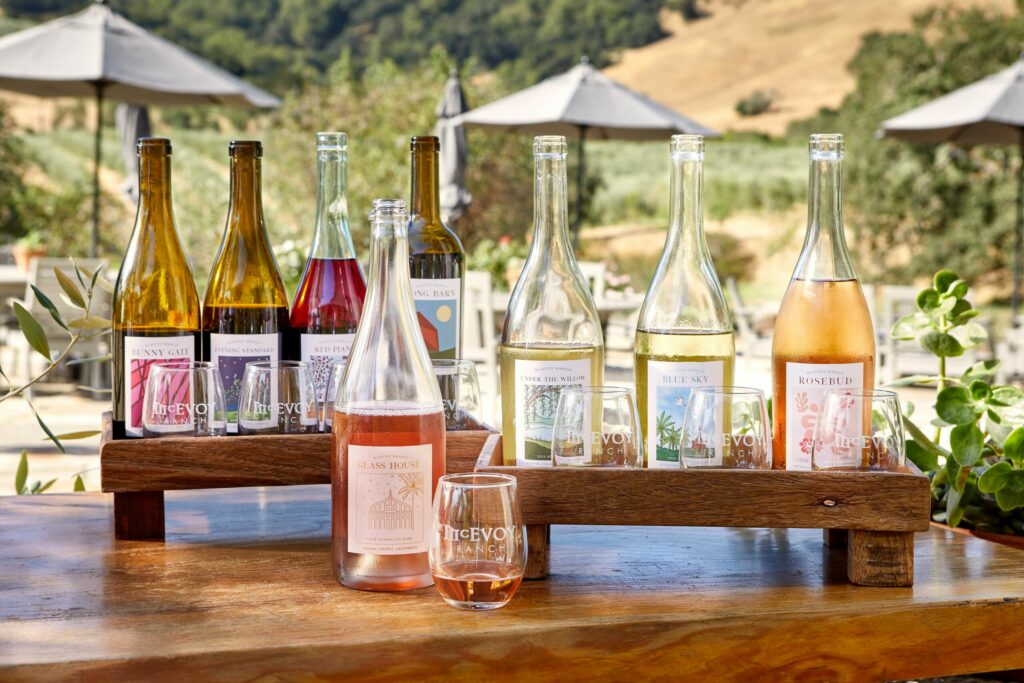
Beyond the bottle
There’s lots to sample at McEvoy, even if wine isn’t your thing. The ranch offers a guided olive oil flight ($35) featuring five varieties — from classic extra-virgin olive oil to “agrumato” oils made by crushing olives with whole fresh fruits and herbs. Seasonal culinary tastings ($45) include small bites made with McEvoy olive oils and condiments.


To truly have your mind blown, opt for the Olive Oil and Gelato Tasting ($35), which pairs three flavors of Fiorello’s Artisan Gelato with three olive oils. (Don’t knock it ‘till you’ve tried drizzling the Chai Spice olive oil over vanilla bean ice cream.)
If you’d like to explore more of the property — including the vegetable gardens, olive oil presses and Nan McEvoy’s incredible Chinese-style pavilion — reserve a ranch tour ($55-$95).
McEvoy Ranch, 5935 Red Hill Road, Petaluma. 707-769-4138, mcevoyranch.com. Open daily, reservations encouraged.
Tina Caputo is a wine, food, and travel journalist who contributes to Sonoma magazine, SevenFifty Daily, Visit California, Northern California Public Media, KQED, and more. Follow her on Bluesky at @winebroad.bsky.social, view her website at tinacaputo.com, and email her story ideas at tina@caputocontent.com.
The post Petaluma’s McEvoy Ranch Leads With Olive Oil and Charms With Wine appeared first on Sonoma Magazine.
]]>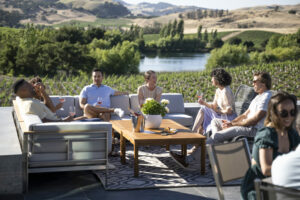
After more than 50 years in business, Cuvaison Winery keeps finding new ways to wow visitors.
The post A Couple of Tech Guys Opened Napa’s Cuvaison 55 Years Ago. It Keeps Getting Better appeared first on Sonoma Magazine.
]]>
















Cuvaison has a long history in Los Carneros, predating the appellation itself. But that doesn’t mean the winery is stuck in the past. After more than 50 years in business, the Napa Valley winery keeps finding new ways to wow visitors.
The story
Stop me if you’ve heard this one before: A couple of Silicon Valley tech guys visit Napa Valley and decide to open a winery. That’s just what happened in 1969, when wine-smitten engineers Thomas Parkhill and Thomas Cottrell founded Cuvaison on a hillside property near Calistoga. The two Thomases sold the winery five years later to New York publisher Oakleigh Thorne, who then passed the baton to — are you ready for the twist? — a fourth-generation family of vintners based in Switzerland.
The Schmidheiny family recognized good vineyard land when they saw it. Soon after buying Cuvaison in 1979, they acquired 400 acres in Los Carneros as the focus for their new Chardonnay and Pinot Noir program. In 2009, the family built a modern winery and tasting room at the site.
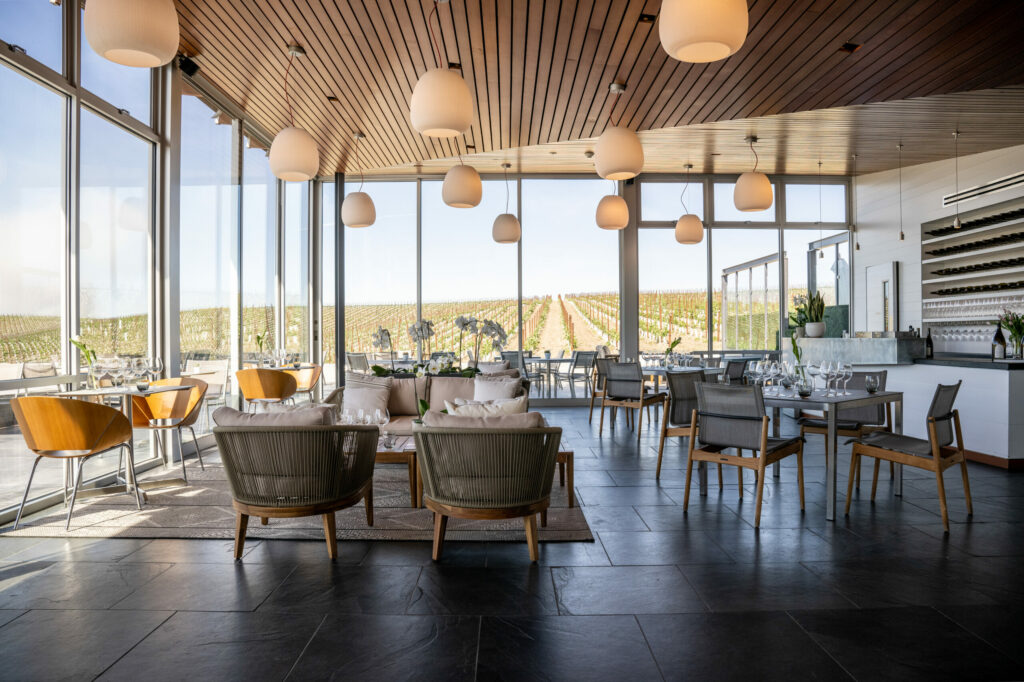
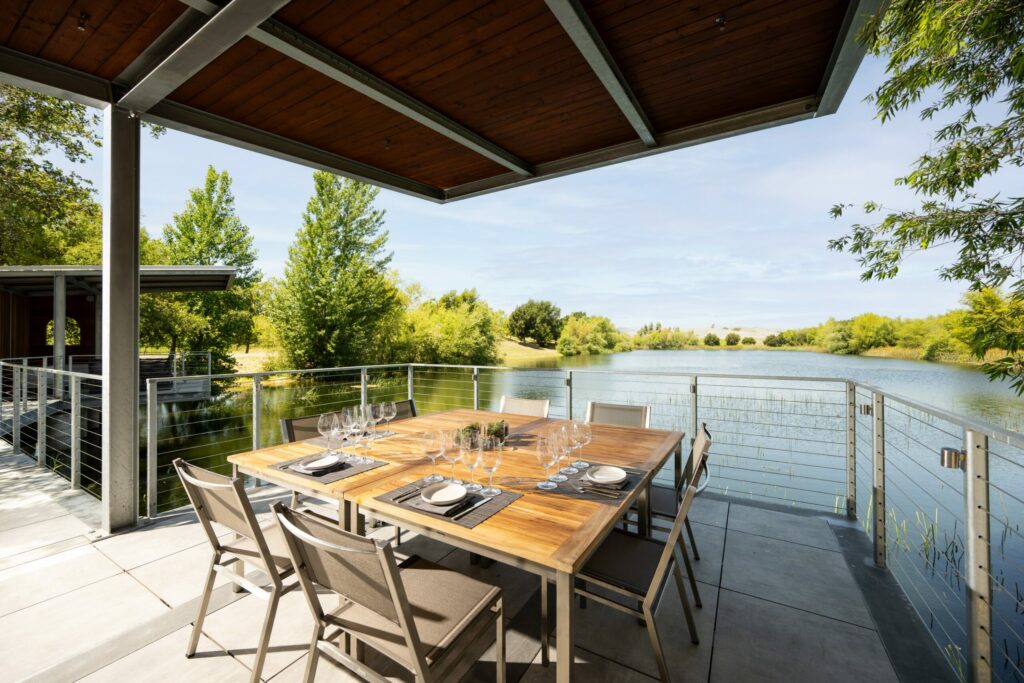
The vibe
Architect Douglas Thornley designed Cuvaison’s light-filled tasting room as an antidote to the dark, cellar-like atmosphere found at many wineries in the early 2000s. Outfitted with wall-size sliding glass doors that blur the lines between indoor and outdoor spaces, the contemporary venue presents panoramic views of the surrounding vineyards and hillsides. Cuvaison recently expanded its terrace tasting area and created two “boathouse” pavilions that extend out over a picturesque irrigation reservoir.
On the palate
Estate Pinot Noir and Chardonnay are the focus here, but it’s also fun to explore Bordeaux-style wines from Cuvaison’s Brandlin Estate on Mount Veeder. I’m sometimes wary of barrel-aged Sauvignon Blanc, but the wines can be truly gorgeous when the oak isn’t allowed to eclipse the fruit. The 2022 Brandlin Sauvignon Blanc ($50) is a prime example. Oak aging adds body to the wine, yet it retains fresh notes of lime, grapefruit and green apple.
If you’re over big, oaky Chardonnays, you’ll dig the 2022 Cuvaison Méthode Béton Chardonnay ($70). It’s made in an egg-shaped concrete fermenter that adds texture to the wine while bringing out its mineral notes. (Translation: yum!) Be sure to try the bright and silky 2022 Cuvaison 90.1 Pinot Noir ($80), made from a single clone planted on the Carneros estate. Standard tastings range from $60 for the Estate Tasting to $85 for the Winemaker’s Tasting, which includes artisan cheese pairings.
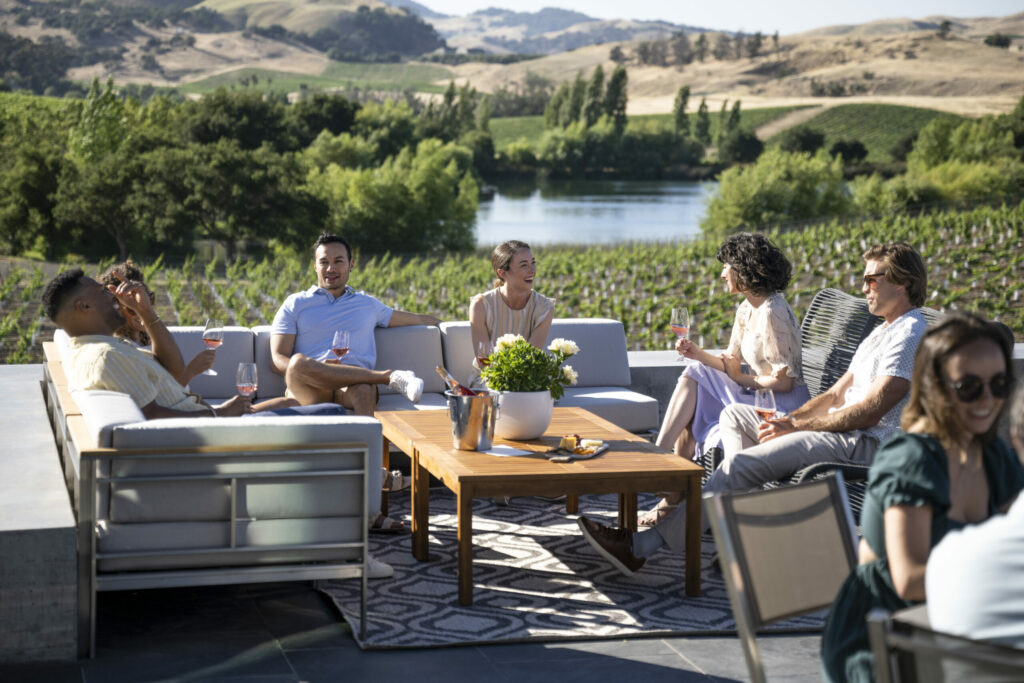
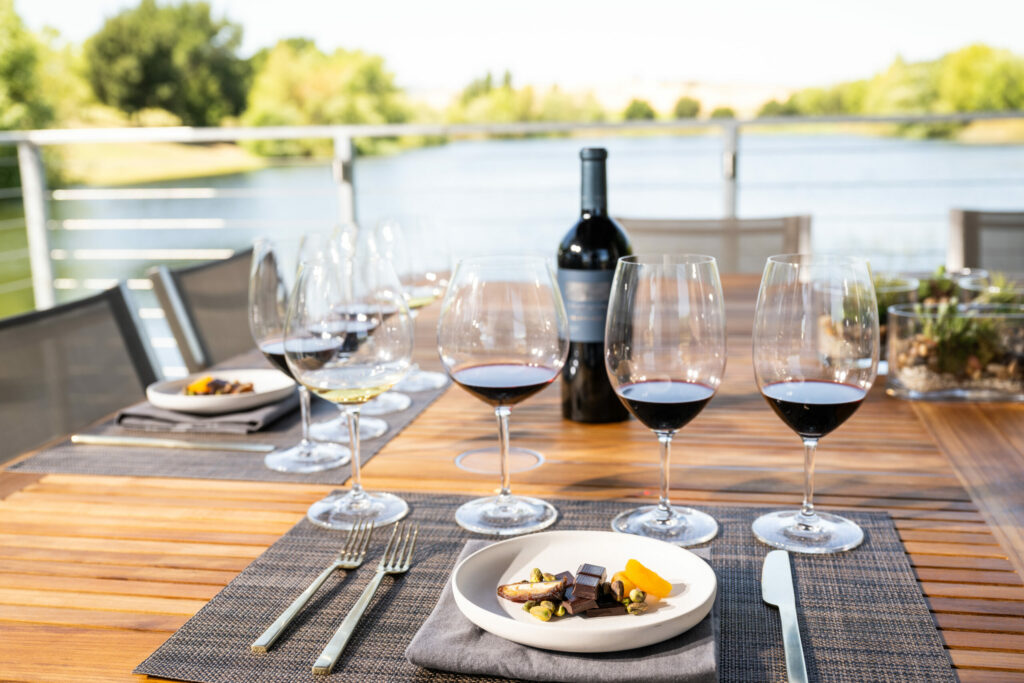
Beyond the bottles
As stunning as the tasting room views are, it’s hard to beat the serenity of the new Boathouse Tasting Experience ($150 per person). The private tasting for two to six guests includes a visit to the winemaking facility and barrel cellar, followed by a golf cart tour of the vineyards with views of San Pablo Bay.
Next, it’s on to the boathouses to sample small- and micro-lot wines expertly paired with gourmet bites like fried olives and duck tostadas. Cantilevered over a scenic irrigation pond teeming with ducks, cranes, herons and even the occasional freshwater otter, the open-sided redwood and steel structures let you imagine you’re relaxing on your own private dock with lively bird chatter as a soundtrack. Cuvaison has just two boathouses, so reservation times fill up quickly. This experience runs year round, weather permitting.
Cuvaison, 1221 Duhig Road, Napa. Open daily by appointment. cuvaison.com
Tina Caputo is a wine, food, and travel writer whose work has appeared in numerous publications, including SevenFifty Daily, Visit California, HuffPost, and Sonoma magazine. Follow Tina on Twitter @winebroad, view her website at tinacaputo.com, and email her story ideas at tina@caputocontent.com.
The post A Couple of Tech Guys Opened Napa’s Cuvaison 55 Years Ago. It Keeps Getting Better appeared first on Sonoma Magazine.
]]>